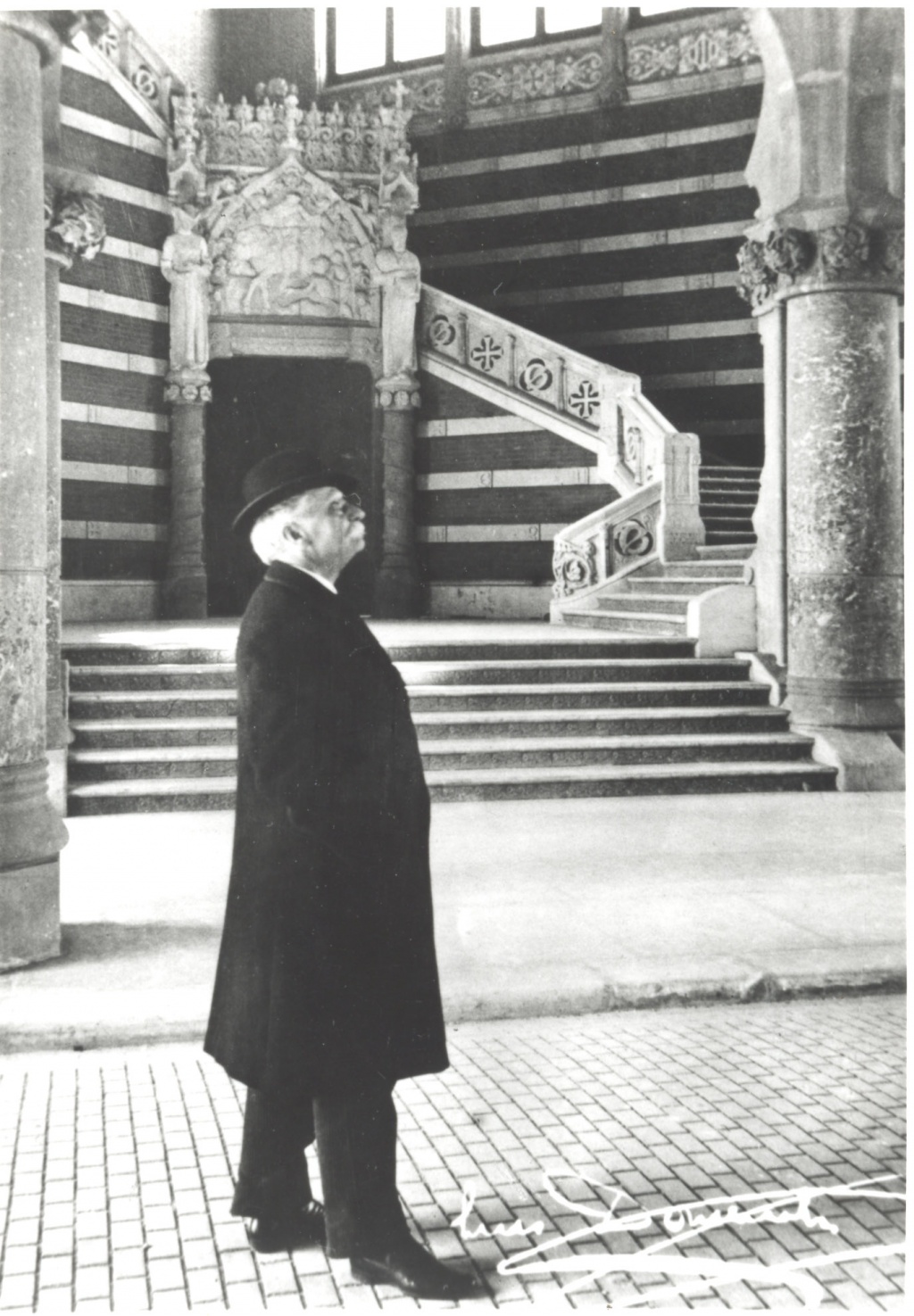
Lluis Domènech i Montaner (1850-1923)
Lluís Domènech i Montaner
There’s a master behind every genius. And there would be no Gaudí without Lluis Domènech i Montaner. My first impression discovering Catalan Art Nouveau or «Modernisme» in architecture was to experience how this personality, considered the spirit of this epic movement, still hasn’t received honorable mentions enough to value what he represents for Catalonia, Spain and Europe.
An excellent designer, a devoted political leader and a respected teacher among other activities he carried during his life, Lluis Domènech i Montaner (1850-1923) merged his values and convictions based on solid historical knowledge together all kinds of disciplines and a deep commitment with society during his career as an architect in his unique buildings.
In an itinerary around Barcelona, today we want to introduce you some of Domènech’s best pieces, buildings expressing his manifest, the true spirit of Modernisme and the influence in Antoni Gaudi and Barcelona’s architecture.
Recinte modernista Sant Pau
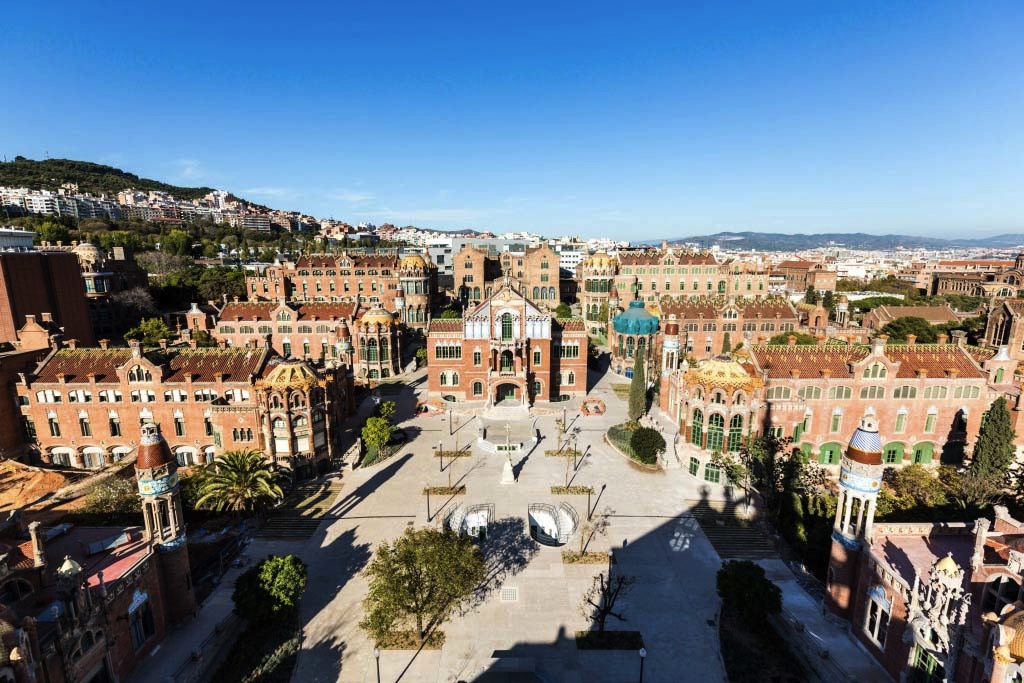
Sant Pau Hospital is like a small city
Sant Pau is the world’s largest Art Nouveau site and worked as an hospital for many decades until 2009.
Currently classified World Heritage Site by UNESCO, this is worth to see from inside and admire the functionality from this unique beautiful hospital made of large pavilions and open gardens and spaces.
Long underground tunnels originally used for the doctors and medical assistants connect all facilities from this historic hospital. The ensemble of buildings and pavilions is chaired by the administration building, full of details thanks to the conjugation of different arts and crafts.
The monument is located at the beginning of the Gaudí Avenue, by walking five minutes away from the Sagrada Família.
Palau de la Música Catalana
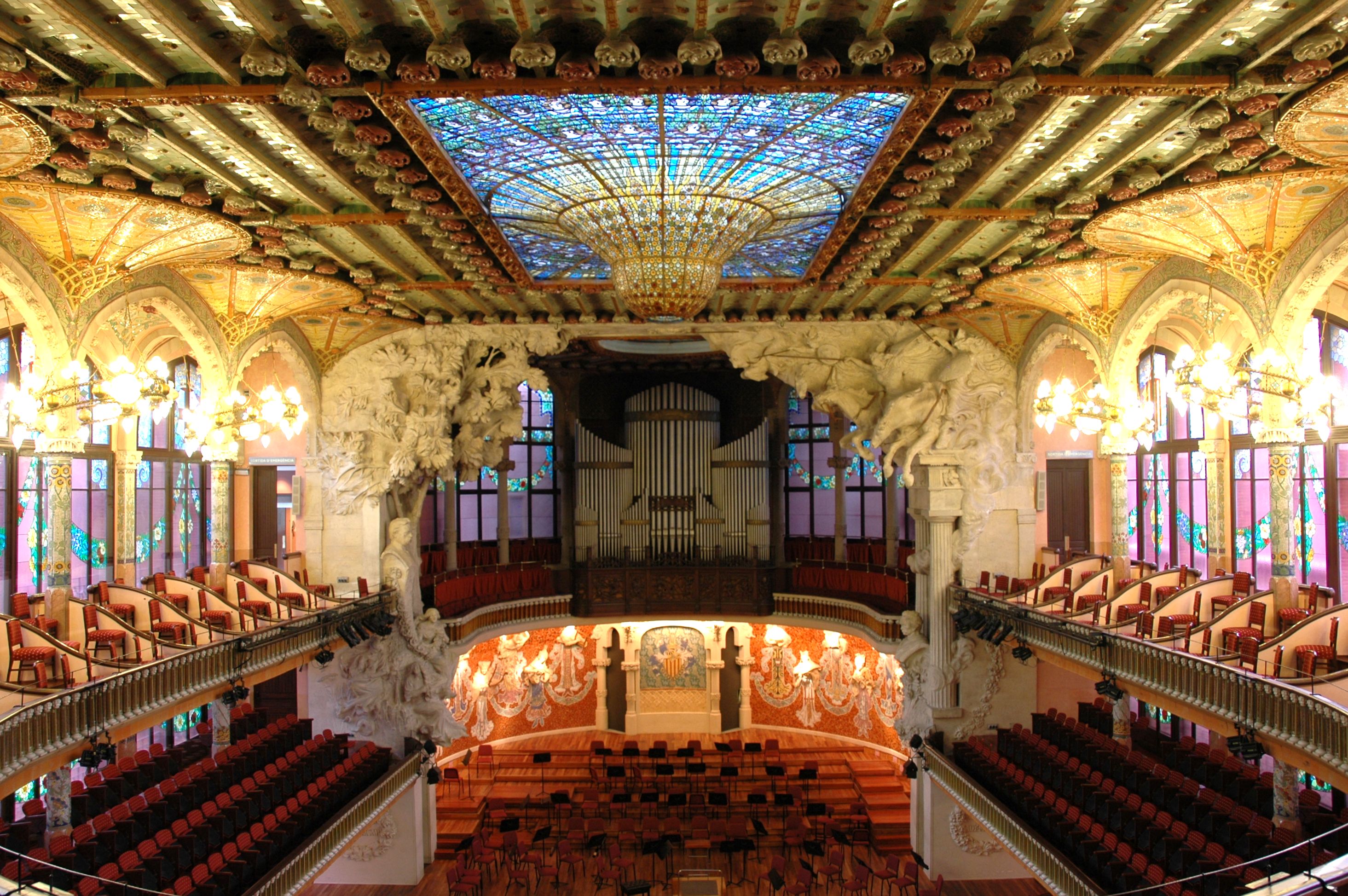
The magnificent concert hall still hosts concerts and guided visits
If the hospital’s main purpose was to heal people from infections, this concert hall heals people from stress. Probably the architect’s masterpiece. You can book a confortable guided tour and feel the magic of this place or look up the program for performances.
The Palau de la Música is the only concert hall of it’s kind, mixing glass, ceramics and stone arts in a perfect marriage between Music and Architecture. The seasons organized by the Orfeó Català -the building’s owning choir- include the most respected musicians from classical music genres.
Nearby you can end up at the Parc de la Ciutadella. The park was originally built in 1988 for the Universal Exhibition while Gaudi was in charge of the fountain, Domènech made a Café-Restaurant, also called the Castle of the Three Dragons. The park was perhaps the closest collaboration between both geniuses.
It truly is an excellent closing for this walk to understand and enjoy the identity of the city. Ask us for more information and tours related to this genius called Lluís Domènech i Montaner.
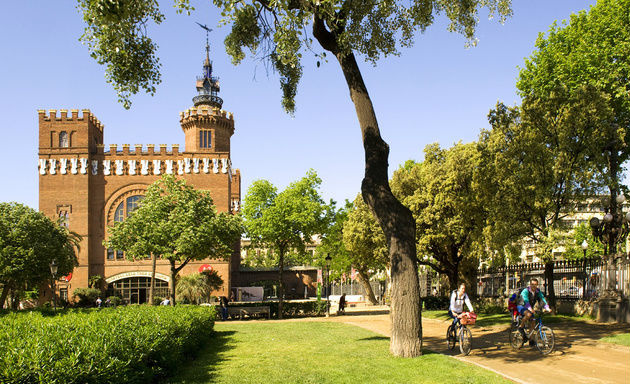
The castle of the three dragons (1888) at the Ciutadella Park
Editorial Muntaner i Simó (Now Fundació Antoni Tàpies)

The Facade of the Antoni Tàpies Museum
The Ancient publishing house Montaner i Simó is among the very first «modernista» buildings in the metropolitan area. Its modern structure holds the red bricks and the ancient art styles inspired in churches and castles from the middle age. Many structural and decorative solutions mix from arabesque styles to germanic arts. This new concept of mixing surprised any citizen in Barcelona.
The building nowadays hosts the Antoni Tàpies foundation, with exhibitions related to the famous artist Tàpies and offers a wide range of contemporary art exhibitions.
Casa Lleó i Morera
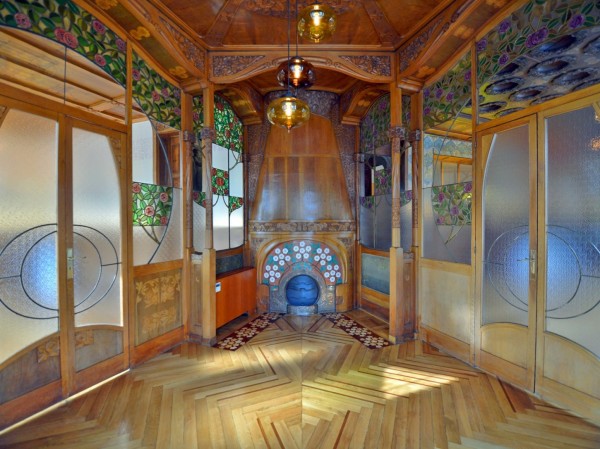
The noble floor at casa Lleó Morera is a must
Just a minute from the Tàpies Foundation and sharing the same block with Gaudi’s Casa Batlló and Puig i Cadafalch’s Casa Ametller, known as the «block of discord» located at the Passeig de Gràcia Boulevard
The sculptures by Eusebi Arnau, the stained glasses giving colourful luminosity and the mosaics were part of this restoration of an already existing old house. The Casa Lleó i Morera is full of details and empty of crowds, a true gem with a lot of stories to tell.
Casa Fuster
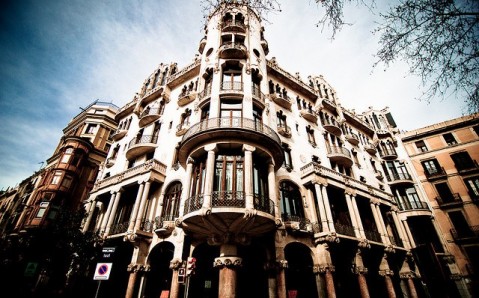
Hotel Casa Fuster
Leading the beginning (or the end) from the glamorous avenue Passeig de Gràcia, the Casa Fuster is one of the most expensive houses Domènech ever did.
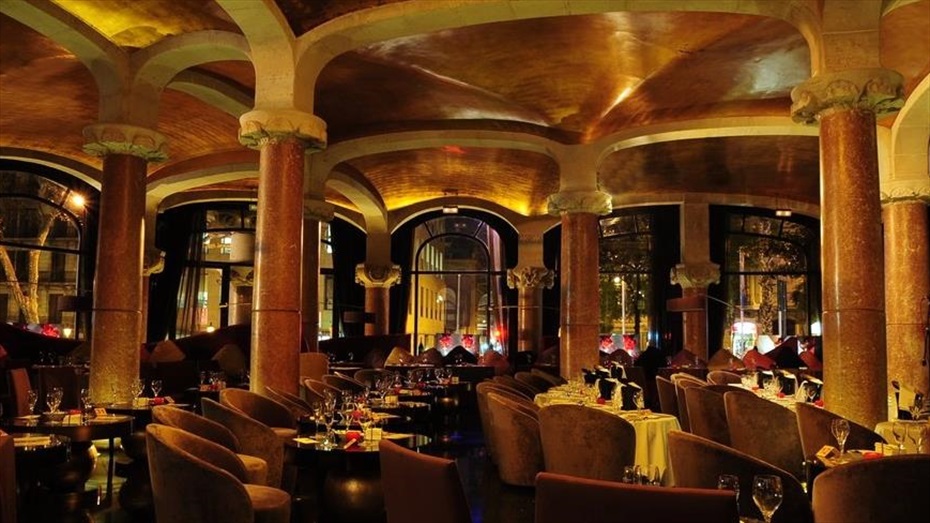
This elegant lounge is a perfect place for a drink with live music
The building was made under the commission of Mr. Fuster, a wealthy man who wanted to offer a building to his wife and enhance the city’s image. Nearly a century later, the building was converted into an hotel
The hotel is a five-star grand-luxe and has kept the same details, elegance and style the genius architect always did. Its lounge bar is also the right place to have a drink while listening to some of the finest live jazz music.




5 comments on “The Age of Catalan Art Nouveau: Domènech i Montaner”